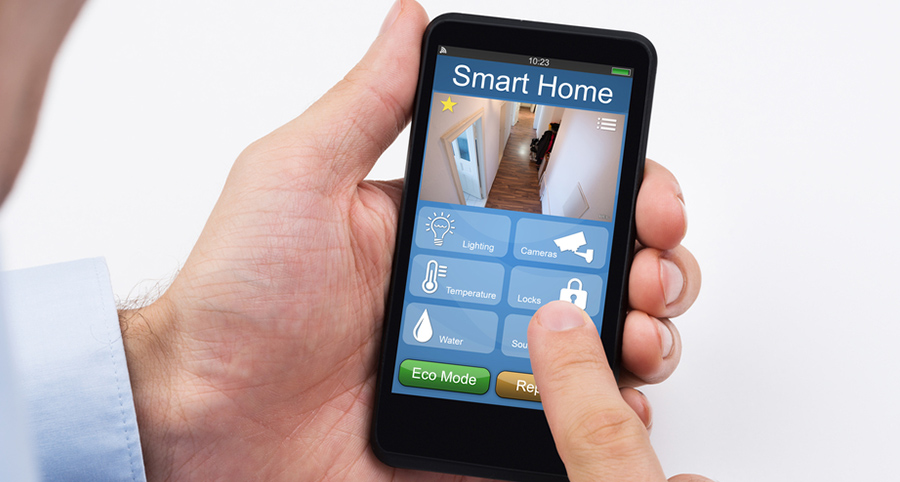Tips to cut down on false alarms in State College

False alarms may become an actual issue for your home’s security. Not only can they be a burden on your time and pocketbook, but they might even erode the faith you have in your installation. Thankfully, you can do some things to minimize false alarms from your State College home security system.
First, ensure that all components are installed correctly. This process may seem like common sense, but it’s common that overlooked mistakes result in false alarms. Next, check out likely causes of false alarms, like windows and doors that could be kept unsecured mistakenly. And of course, you should try to incorporate the many options like home automation and scheduling to cut down on false alarms in State College.
Could it be really that straightforward? Continue on and discover for yourself.
Many false alarms in State College could be averted
Like diagnosing any problem, the first thing to do is review the guidebook. Be certain that all your components are set up appropriately from your perspective by:
- Performing a system analysis via your smart hub.
- Physically evaluate each sensor to be certain it didn't get knocked out of place or need fresh batteries.
- Check your scheduling to ensure that your home’s security isn’t engaging at inopportune times.
- Make sure all new smart implements are configured properly and aren't interfering with your alarms.
Call your service representative if you continue to have problems cutting down false alarms in your State College security system. They'll gladly send out a tehnician to inspect your setup.
Check your doors and windows
In the event your configuration checks out installed properly, the subsequent course of action is to thoroughly inspect the house. Are all your doors and widows tightly secured, or do you find some mistakenly cracked? If an access point is left unsecured, it may trigger an activated sensor. If it just so happens that your family consistently forgets to shut a door, you can incorporate a smart locking mechanism that automatically locks when the alarm is activated. Regrettably, windows take extra physical effort, particularly if you have a loved one who prefers to rest with a cracked window. Luckily, your Vivint alarm system makes it a breeze to disengage that device while protecting the remainder of the residence.
Smart home automation can be an effective method to cut down on false alarms in State College
One of the best methods to reduce the likelihood of false alarms is to incorporate automation into your security system. By using your mobile security app, you can:
- Set a schedule to disarm when you are home and avert false alarms caused by mistakenly unlocking an entry point. Then have your alarm system automatically engage again at night as you prepare for bed.
- Program the alarm to disarm when your smart lock is activated with the correct code.
- Use geotracking to arm your system if you exit the premises, then disarm when you come back to the house.
- Get mobile notifications when your components notice abnormal motion or require a battery change.
- Link your system to a smart assistant like Google Home or Alexa, so you are able to turn your system on or off without the cell phone app or central interface.
Cut down on false alarms in State College by switching to a Vivint smart home system
An enhanced level of authority over your property’s security means less chance of false alarms. To build your Vivint security package, call (814) 752-4276 or send in the following form.